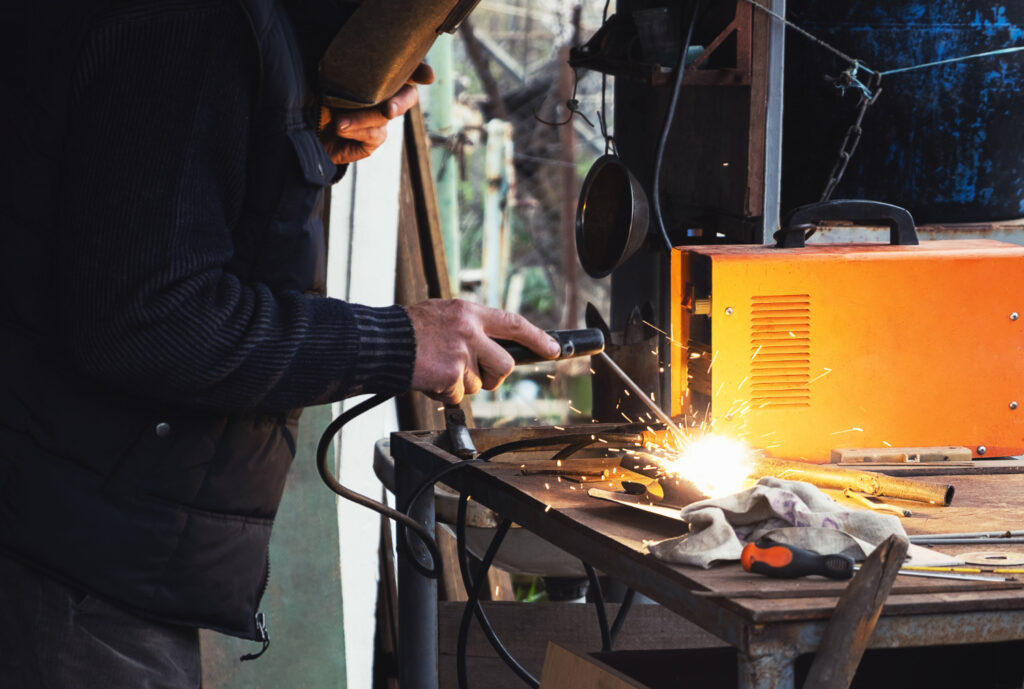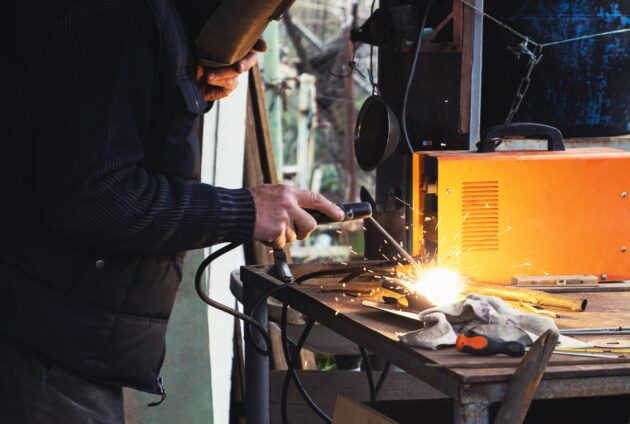
The process of welding is crucial in industries such as fabrication and construction. However, it also poses risks to air quality and worker safety. To address these concerns, many businesses have adopted downdraft welding tables. These specialized tables come with ventilation systems that aim to improve air quality and ensure safety during welding activities. In this article, we will delve into the functionality of downdraft welding tables, their advantages, and why they have become a crucial asset for welders.
Table of Contents
Understanding Downdraft Welding Tables
Downdraft welding tables are specifically designed to eliminate fumes, gases, and particles produced during the welding process. Typically, these tables feature a working surface with small openings or grates through which contaminated air is drawn downward. This downward airflow effectively captures smoke, sparks, dust, and other hazardous particles before they have a chance to spread in the workspace.
How They Operate
The key component of downdraft welding tables is their integrated ventilation system. This critical element helps establish pressure on the table’s surface or the plenum chamber beneath it.
Due to this, the contaminated air is quickly drawn downwards through the openings and grates into a ventilation system situated below the table. These ventilation systems gather all the substances generated during the welding process and efficiently sift them out before releasing fresh air back into the workshop or directing it outside. Eliminating pollutants at their origin downdraft welding tables notably enhances air quality by reducing exposure to harmful fumes for welders and other individuals nearby.
Advantages of Downdraft Welding Tables
- Enhanced Air Quality
Downdraft welding tables excel at managing pollutants. By removing materials during the operation instead of allowing them to circulate in the workspace, these tables eliminate welders’ inhalation risks. Furthermore, this clean air environment supports visibility, enabling welders to work efficiently and precisely.
- Improved Safety
Ensuring worker safety is crucial in any welding setting. Downdraft welding tables play a role in fostering a work environment by capturing and confining sparks and hot metal particles. By preventing these materials from landing on floors or other surfaces, these tables reduce fire risks and lower the chances of accidents due to slips, falls, or burns.
- Regulatory Compliance
Utilizing downdraft welding tables can assist businesses in meeting compliance standards concerning air quality and worker safety. These tables are crafted to adhere to guidelines and regulations within various industries, ensuring that companies uphold legal requirements and steer clear of possible penalties or legal actions.
- Versatility
Downdraft welding tables are available in sizes and setups to cater to a range of welding tasks. Whether its for small scale projects or large industrial operations there is a table that fits any workspace. The adaptability provided by these tables allows businesses to customize their working area based on their requirements.
The Significance of Maintenance
Regular maintenance is crucial to guaranteeing that downdraft welding tables continue delivering great air quality and have all the right safety advantages. Whether you own a table or rent one, adequate upkeep ensures its durability and effective operation.
Cleaning and Inspection
Regular cleaning of the equipment is vital to prevent the accumulation of debris or blockages in the ventilation system. Over time, debris, dust, and residues from welding can build up, hindering airflow. By scheduling cleaning sessions and thorough inspections, potential issues can be identified and promptly resolved.
Changing Filters
Filters play a role in capturing and removing contaminants from the welding process. However, as time passes, these filters tend to get clogged with particles. It’s crucial to establish a schedule for replacing the filters based on how they are used to ensure effective air filtration. By changing the filters, you can maintain the tables’ ability to capture substances efficiently.
In Conclusion
Downdraft welding tables are gaining popularity in industries prioritizing worker safety and air quality. By eliminating contaminants from the air during welding activities, these specialized workstations play a significant role in creating a safer working environment for welders and ensuring compliance with regulations. Investing in downdraft welding tables enhances productivity by improving visibility and boosts safety measures by reducing fire hazards and minimizing exposure to toxic fumes.
If you’re seeking ways to enhance air quality and safety in your welding operations, consider integrating downdraft welding tables into your workspace. It’s an investment that will deliver long-term advantages for your company’s performance and the well-being of your employees.
